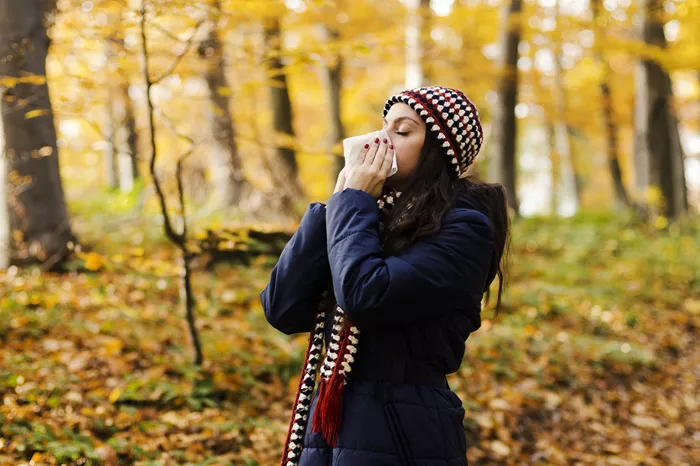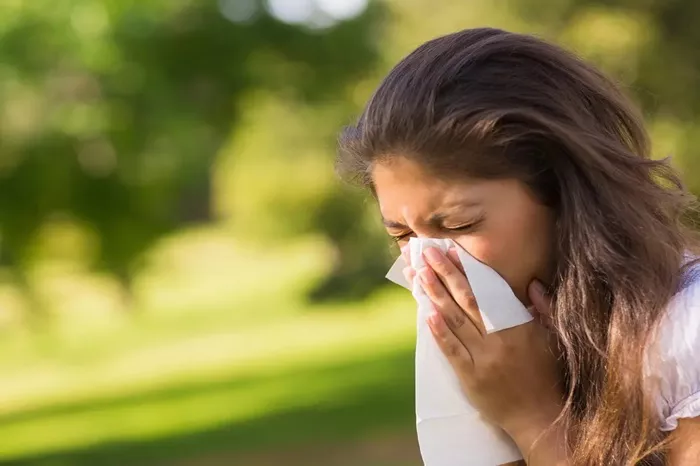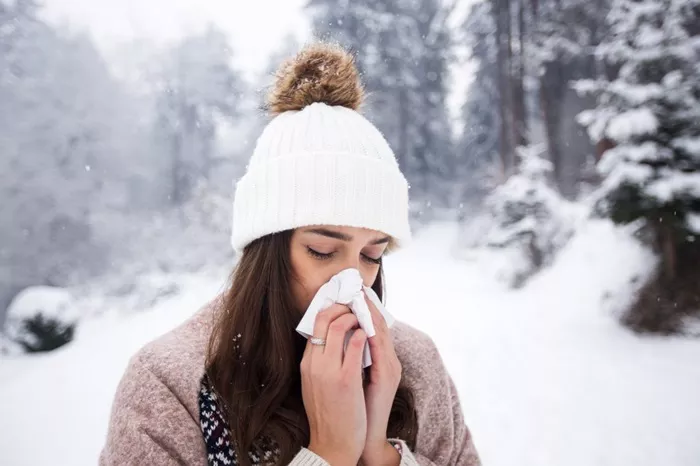As the vibrant colors of autumn emerge, so do the allergens that can wreak havoc on individuals susceptible to fall allergies. Ragweed pollen, mold spores, and dust mites are just a few of the common triggers that can lead to uncomfortable symptoms such as sneezing, itching, congestion, and watery eyes. Fortunately, with the right approach, fall allergies can be effectively managed, allowing individuals to fully enjoy the beauty of the season. In this comprehensive guide, we will explore various treatment strategies for fall allergies, ranging from environmental modifications to pharmacological interventions.
Understanding Fall Allergies
Before delving into treatment options, it’s crucial to understand the nature of fall allergies and the allergens responsible for triggering them. Fall allergies primarily stem from airborne allergens such as ragweed pollen, which tends to peak during the autumn months in many regions. Mold spores, another common allergen, thrive in damp environments and can become airborne, particularly in the fall when decaying leaves create an ideal breeding ground. Additionally, dust mites, pet dander, and indoor molds can exacerbate symptoms as individuals spend more time indoors with the onset of cooler weather.
Environmental Modifications
Indoor Allergen Reduction: Minimizing exposure to indoor allergens is a cornerstone of fall allergy management. Employing measures such as regular vacuuming with a HEPA filter-equipped vacuum cleaner, washing bedding in hot water weekly, and using allergen-proof covers for pillows and mattresses can significantly reduce allergen levels in the home.
Outdoor Precautions: While it may be impossible to completely avoid outdoor allergens, taking precautions can help minimize exposure. Check local pollen forecasts and try to stay indoors during peak pollen times, usually in the morning. Additionally, wearing sunglasses and a wide-brimmed hat can help prevent pollen from coming into contact with the eyes and face.
Humidity Control: Mold thrives in humid environments, making humidity control essential for allergy sufferers. Using a dehumidifier in damp areas such as basements and bathrooms can help keep humidity levels in check, reducing the proliferation of mold spores.
Allergen Barriers: Consider installing high-efficiency air filters in heating and cooling systems to trap airborne allergens effectively. Furthermore, using a high-efficiency particulate air (HEPA) filter in portable air purifiers can help remove allergens from indoor air, providing relief for allergy sufferers.
Pharmacological Interventions
While environmental modifications play a crucial role in managing fall allergies, pharmacological interventions can provide additional relief, particularly for individuals with moderate to severe symptoms.
Antihistamines: Antihistamines are a mainstay in the treatment of allergy symptoms and work by blocking the action of histamine, a chemical released by the immune system in response to allergen exposure. Over-the-counter options such as cetirizine (Zyrtec), loratadine (Claritin), and fexofenadine (Allegra) can effectively alleviate symptoms such as sneezing, itching, and nasal congestion. For individuals with severe symptoms, prescription-strength antihistamines may be necessary.
Nasal Corticosteroids: Nasal corticosteroids are highly effective in reducing inflammation in the nasal passages, thereby alleviating symptoms such as nasal congestion, sneezing, and itching. Common options include fluticasone (Flonase), mometasone (Nasonex), and triamcinolone (Nasacort). These medications are typically available over the counter but may require several days of consistent use to achieve maximum effectiveness.
Decongestants: Decongestants work by constricting blood vessels in the nasal passages, reducing swelling and congestion. They are available in both oral and nasal spray forms and can provide rapid relief from nasal congestion. However, oral decongestants such as pseudoephedrine (Sudafed) may cause side effects such as increased heart rate and elevated blood pressure and should be used with caution, especially in individuals with cardiovascular issues.
Immunotherapy: For individuals with severe allergies that do not respond adequately to other treatments, allergen immunotherapy, also known as allergy shots, may be recommended. This treatment involves administering gradually increasing doses of allergens over time to desensitize the immune system and reduce allergic reactions. While immunotherapy requires a significant time commitment and regular visits to an allergist, it can provide long-term relief for many allergy sufferers.
Lifestyle Modifications
In addition to environmental modifications and pharmacological interventions, certain lifestyle changes can help individuals better manage fall allergies and reduce symptom severity.
Avoidance of Triggers: Identifying and avoiding specific allergens whenever possible is key to minimizing allergic reactions. Keep windows closed during peak pollen times, use an air conditioner with a clean filter to filter indoor air, and consider using a pollen mask when engaging in outdoor activities such as yard work.
Regular Cleaning: Maintaining a clean living environment can help reduce exposure to indoor allergens such as dust mites and mold. Dust surfaces frequently using a damp cloth or microfiber cloth, vacuum carpets and upholstery regularly, and clean or replace air filters in heating and cooling systems as recommended.
Personal Hygiene: Practicing good personal hygiene can help minimize exposure to allergens and reduce symptom severity. Showering and changing clothes after spending time outdoors can help remove pollen and other allergens from the skin and clothing, preventing them from being spread throughout the home.
Dietary Considerations: While not directly related to fall allergies, certain dietary choices may influence overall immune function and allergy severity. Consuming a balanced diet rich in fruits, vegetables, lean proteins, and whole grains can support immune health and may help reduce allergy symptoms. Additionally, some individuals find relief from allergies by avoiding foods that cross-react with their allergens, such as certain fruits and vegetables that contain proteins similar to those found in ragweed pollen.
Conclusion
Fall allergies can pose a significant challenge for many individuals, but with the right approach, symptoms can be effectively managed, allowing for a more enjoyable autumn season. By implementing environmental modifications, utilizing pharmacological interventions as needed, and making lifestyle adjustments to minimize allergen exposure, individuals can significantly reduce the impact of fall allergies on their quality of life. For individuals with severe or persistent symptoms, consultation with an allergist may be necessary to develop a personalized treatment plan tailored to their specific needs. With proactive management and effective treatment strategies, fall allergy sufferers can breathe easier and fully embrace the beauty of the season.
[inline_related_posts title=”You Might Be Interested In” title_align=”left” style=”list” number=”6″ align=”none” ids=”6061,6064,6067″ by=”categories” orderby=”rand” order=”DESC” hide_thumb=”no” thumb_right=”no” views=”no” date=”yes” grid_columns=”2″ post_type=”” tax=””]
































